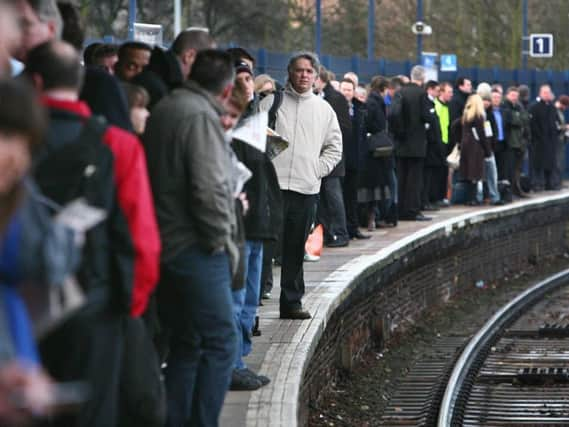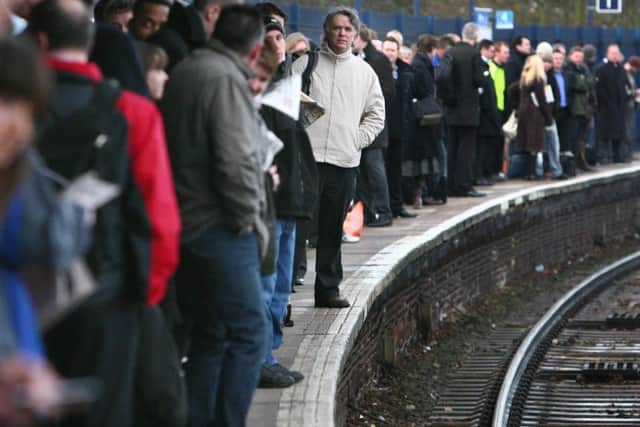Why leaves on the line might delay your train journey


It's such a problem, in fact, that a number of train companies are introducing special leaf fall timetables next week.
None of the operators which serve the North East have made changes so far, but it might be worth checking the timetables if you're planning a journey further afield, particularly on trans-Pennine routes.


Advertisement
Hide AdAdvertisement
Hide AdThe problem is caused by the fact that 2.5 million trees line the route of Britain's railways, and between them they deposit thousands of tonnes of leaves on lines every year.
When leaves are moist, they lie on and cling to the top surface of the track. which causes 'low railhead adhesion' - in other words, the train's wheels slip on the rails.
This results in significant reduction in friction between train wheels and rails, and in extreme cases can render the track temporarily unusable.
Particularly problematic trees include sycamore, lime, sweet and horse chestnut, ash, and poplar, which have large, flat leaves which stick to the line and cause severe slippery rail.


Advertisement
Hide AdAdvertisement
Hide AdDuring the 'low adhesion season' a fleet of railhead treatment trains run across the network using high pressure water-jetting to clean the tracks.
They are timetabled to run between scheduled daytime services as well as during the night when less rail activity can allow the leaf contamination to build up.
So while 'leaves on the line' might now be seen as a national excuse for poor service, for the train companies it's no laughing matter.